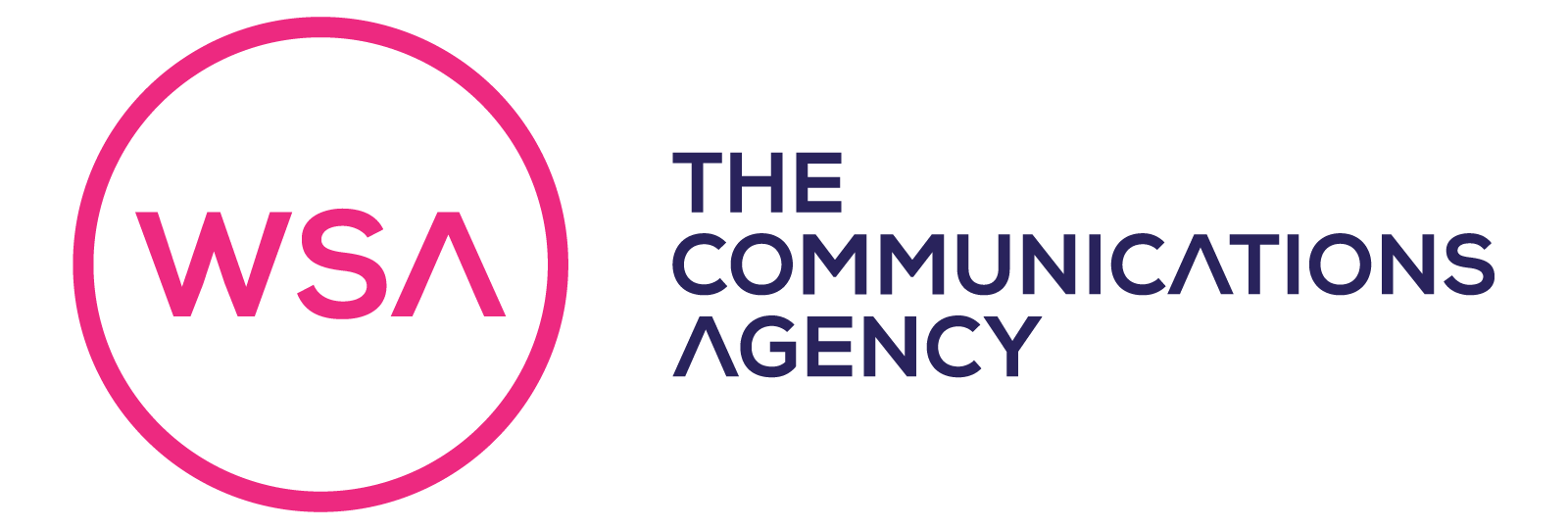To mark national coding week, we’ve written an essential guide for all you budding programmers! To put it simply, people write code, code tells computers what to input and computers tell everything digital what to do. Coding algorithms work autonomously and form the digital skeleton behind every website you visit, device you pick up and videos you watch and share.
Coding is a universal language, so here are 3 valuable lessons on coding terminology.
Lesson 1 – websites
A website consists of a variety of different coding dialects. As a standard, HTML is the template of a website, CSS is how it looks, and JavaScript is what makes it interactive and dynamic (the like button on Facebook for example).
HTML (Hypertext Mark-up Language) is the most basic building block of the Web. It defines the meaning and structure of web content by translating text documents into web pages. HTML uses ‘mark-up’ to annotate text which determines how it is displayed in a website format. For example, to turn your document into the framework of any website you can use HTML coding as follows: <title>, <article>, <video>, <header>, <footer>.
CSS (Cascading Style Sheets)is a cornerstone technology of the World Wide Web, alongside HTML and JavaScript. CSS files are used to define the font, size, colour, spacing, border and location of information on a web page; creating a continuous appearance throughout multiple pages of a website.
JavaScript is the most present programming language of the web, making it the most important to get to grips with. JavaScript is used to tailor the functionality and behaviour of a web page. All modern browsers use JavaScript – it’s all over your game consoles, tablets, desktops and smartphones.
LAMP stack is essentially a software bundle, so this is everything you need to create and develop a dynamic website. LAMP stack is the most modern and most popular tool to use which is why it is crucial to learn. It stands for:
L: LINUX – operating system
A: APACHE – HTTP server
M: MYSQL – database mamagement system
P: PHP – programming language
Lesson 2 – cookies (not the edible ones!)
A web cookie is a small piece of data sent from a website and stored on a computer by the active web browser, while the user is browsing. Cookies contain a range of URLs (website addresses) which can be very beneficial to its user. When the browser sends a request to a server with those URLs again, it sends along the related cookies. For example, if your username and password are stored in a cookie, it automatically filters in this data and saves you from typing in the same information the next time. By retaining user history, cookies allow the website to tailor the pages and create a custom experience for each individual.
Lesson 3 – spiders (not the eight-legged ones!)
The Search Spider is an essential part of the search engine indexing process. These spiders are responsible for reading the codes of your website and saving this information into your database. Spiders can crawl through a website in several ways. One way is to visit every page and follow each hypertext link until all the pages have been read. Every major search engine on the web has a programme like this, which can also be referred to as a “crawler” or a “bot.”
This is only a snippet of what you would learn by studying code, but it is a great place to start. Familiarising yourself with various jargon will help you to piece together the complex world of coding and before you know it, you’ll be writing code as if it’s your second language! If you are eager to get stuck in to coding or you have already started and need a little help, take part in some independent learning here.
